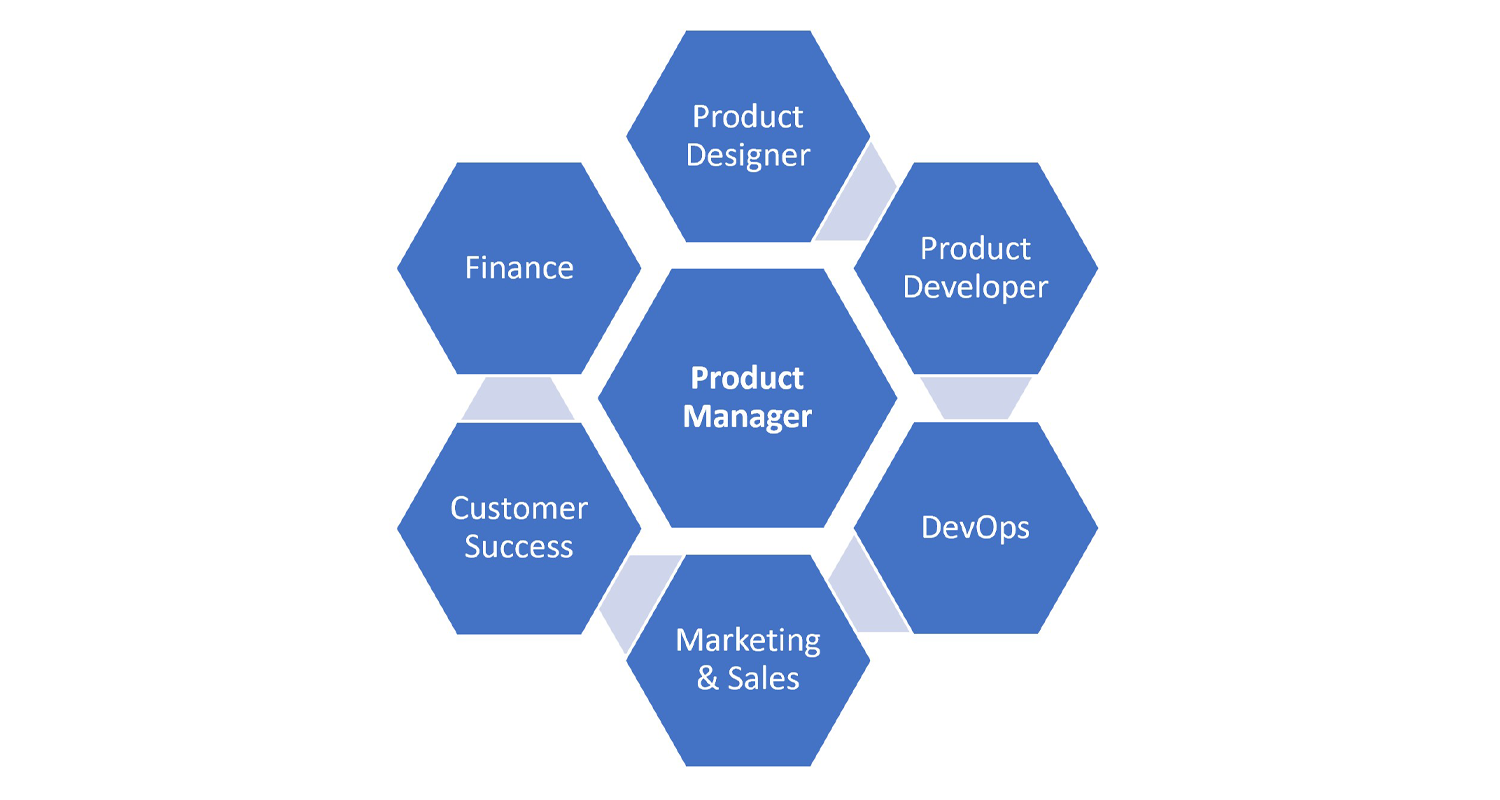Recently, I have been spending time with product teams whose “products” are internal systems. I define an internal system to be software that supports some internal business, administrative, or other process (e.g., internal communications, manufacturing, finance, etc.) and is used predominately by users internal to the company. Internal systems exist in many industries, including financial institutions, insurance companies, and health care companies.
One thing I noticed about companies focused on internal systems is the different perspectives of product managers in those organizations. Some product managers in these companies embrace the importance and relevance of product management frameworks, practices, and tools. While there are exceptions, these product managers have had prior product management experience in companies whose products were broadly available in the external market. Other product managers in these companies tend to focus on more of a project-centric approach to internal systems and can be somewhat dismissive of the product management discipline. These product managers tend to come from companies that have only had internal users and produced internal systems. There are strong exceptions to these general observations. However, I think the difference of opinion about the relevance of product management frameworks, practices, and tools among product leaders and managers in companies with internal systems is real.
My point of view is that internal systems are products too! Internal systems would benefit from using product management frameworks, practices, and tools to create and evolve successful products. Principles such as the product category and its placement on the technology adoption life cycle (TALC) and the implications of this placement apply equally well to internal products as they do external products. Target market and related persona definitions are critical to the success of internal products. The discipline of buyer and user discovery to understand pain points and desired outcomes is also relevant to internal products. The principles of whole product definition, prioritization, and road mapping are great internal product disciplines. Competitive analysis, value proposition definition, and customer value realization all matter for internal products. The SaaS product focus on customer success management, driven by product analytics and best practices workflows, is also relevant to internal products.
The product-led-growth (“PLG”) movement has made competing products easy to find, try, and buy. Internal products are increasingly under pressure to prove their ROI in a SaaS world where low entry cost and rapid time to value PLG alternative products abound. This would suggest that a robust product management discipline, influenced by competing external products, could be a critical success factor for internal products.
My experience is that there is work required to translate the product management frameworks, practices, and tools into terminology and use cases meaningful to internal product teams. It is important to bridge the gap between product management ideas and their relevance to internal product teams. Product leaders, educators, and coaches must be intentional in their effort to bridge this gap.
I have learned that mindset is part of the product challenge for internally-facing product managers. They are often assigned into the role of “product owner” as part of an Agile transformation. They come from roles such as program manager, project manager, or operations manager where cost efficiency and risk avoidance were valued over outcome-based customer discovery and innovation. Some internal product managers struggle to pivot to a strategic, customer outcome driven view of product. A senior executive in one such company said it well: “[The internally-facing product managers] that do have the skills are often challenged by narrowly defined roles centered on managing backlogs or removing non-technical barriers to delivery (e.g., internal risk, compliance, or sourcing processes).”
In addition to product management skills, there are also new skills needed to successfully manage internal products. For example, the traditional sales and marketing process for external products must be replaced by an internal sales and marketing process that is more like an organizational change management process. After all, most internal products are mandated on users and not bought by them. The organizational change model involves identifying the internal business buyers (who may also be funders) and their pain points, desired outcomes, and risks associated with adopting the internal product. In addition, internal product managers must identify internal champions who can positively influence the adoption and use of the internal products. Internal product managers must understand these factors and craft a change management plan with their customer success counterparts that leverages buyers and internal champions in the promotion, adoption, and use of the internal product. The change plan should also include hypotheses around internal product adoption, usage, and outcomes. Incentives to use the internal product, training, and product analytics to measure impact against the hypotheses should be tracked and inform pivots to the internal products to achieve better outcomes. Product adoption and use are the equivalent to meeting a sales forecast for an internal product manager. Achieving business outcomes and attaining high NPS and CSAT scores are the equivalent to customer success for internal product managers.
Companies whose products are largely adopted and used by internal users should consider the following questions:
- Do your product life management cycle practices appropriately leverage product management frameworks, practices, and tools?
- Are there opportunities to leverage such frameworks, practices, and tools that would make a difference in the success of your internal products?
- Has the company translated product management ideas to be useful to internal product managers?
- Is your company considering the spin-off of any internal products to be sold external of the company?
- How would your product management approach need to change to achieve external market success?
The author is indebted to the many helpful comments and suggestions for improvement that have made this a much better post. A special thanks to Jon Sappey, Mark Hill, Al Nejmeh, Matt Lazaro, and Uma Suravajjala.





